Four players have signed rookie scale extensions so far this offseason.
Raptors forward Scottie Barnes was the first domino to fall, later being joined by Magic forward Franz Wagner, Pistons guard Cade Cunningham, and Cavaliers big man Evan Mobley. All four received five-year, maximum-salary deals containing Rose rule language.
[RELATED: 2024/25 NBA Contract Extension Tracker]
That leaves a total of 20 players who remain eligible for rookie scale extensions, which can be signed up until the day before the start of the regular season. Those 20 players are as follows:
- Santi Aldama (Grizzlies)
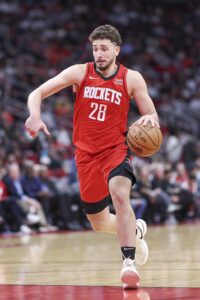 Chris Duarte (Bulls)
Chris Duarte (Bulls)- Josh Giddey (Bulls)
- Jalen Green (Rockets)
- Quentin Grimes (Mavericks)
- Bones Hyland (Clippers)
- Isaiah Jackson (Pacers)
- Jalen Johnson (Hawks)
- Corey Kispert (Wizards)
- Jonathan Kuminga (Warriors)
- Tre Mann (Hornets)
- Davion Mitchell (Raptors)
- Moses Moody (Warriors)
- Trey Murphy (Pelicans)
- Alperen Sengun (Rockets)
- Day’Ron Sharpe (Nets)
- Jaden Springer (Celtics)
- Jalen Suggs (Magic)
- Cam Thomas (Nets)
- Ziaire Williams (Nets)
Some players on this list almost certainly won’t sign new contracts this offseason. Guys like Hyland, Duarte, Mitchell, Springer and Williams, for instance, haven’t yet established themselves as reliable rotation players who are worth long-term investments, so it would be pretty surprising if they were extended.
There are plenty of other viable extension candidates on this list though. Of these 20 players, Sengun probably has the strongest case for a lucrative multiyear commitment. The Turkish big man has also publicly expressed his desire to sign a long-term deal. But there has been speculation the Rockets might preserve cap flexibility for 2025 by not extending Sengun or Green, and one report stated both were unlikely to get max offers before the season begins.
Kuminga and Johnson are reportedly looking for max deals, according to Jake Fischer of Yahoo Sports. While both forwards have flashed tantalizing two-way upside, neither player has a long track record of NBA success. Still, they’re certainly possibilities for nine-figure commitments.
Suggs, Murphy, Thomas and Giddey are among the other players listed who could receive lucrative extensions this offseason — there have been multiple reports stating that extending Murphy is a priority for New Orleans, though the two sides had “differing viewpoints” on the sharpshooter’s value in July.
Kispert, Aldama, Grimes, Moody, Mann, Jackson and Sharpe fall somewhere in the middle. I’d expect at least a couple of them to receive new contracts, but they likely won’t be for as much money.
Typically, after the first wave of slam-dunk rookie scale extension candidates sign their deals in early July, there isn’t a ton of action on this front until we get much closer to the October deadline. But we should expect several more deals to be completed in the fall — in each of the last four offseasons, at least 10 players have inked rookie scale extensions. If that trend continues, at least six of the 20 players above will have new deals in hand by the time the regular season tips off.

 Filipowski, a 7’0″ forward/center, declared for the draft this spring as an early entrant after averaging 16.4 points, 8.3 rebounds, 2.8 assists, and 1.5 blocks in 30.4 minutes per game across 36 starts in his sophomore year at Duke.
Filipowski, a 7’0″ forward/center, declared for the draft this spring as an early entrant after averaging 16.4 points, 8.3 rebounds, 2.8 assists, and 1.5 blocks in 30.4 minutes per game across 36 starts in his sophomore year at Duke.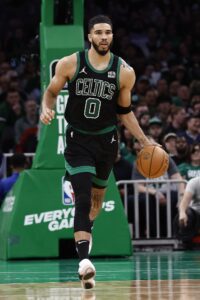 Celtics forward
Celtics forward 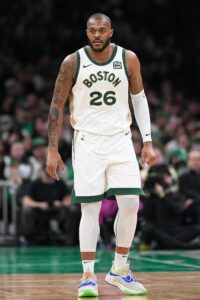
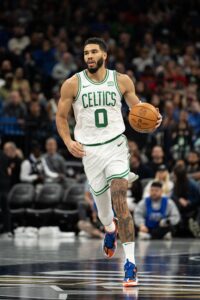 Besides re-signing most of their own free agents, the Celtics agreed to long-term extensions with All-NBA forward
Besides re-signing most of their own free agents, the Celtics agreed to long-term extensions with All-NBA forward 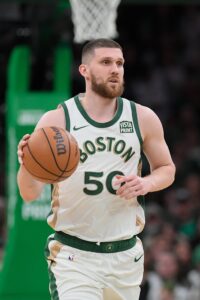 AUGUST 9: The Jazz plan to sign free agent swingman
AUGUST 9: The Jazz plan to sign free agent swingman 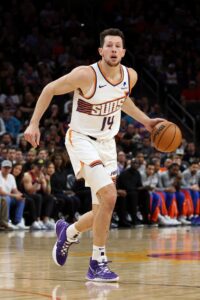 JULY 1: The Jazz will add free agent center
JULY 1: The Jazz will add free agent center 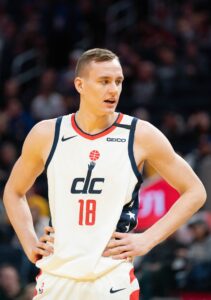 AUGUST 1: The Bucks are signing free agent big man
AUGUST 1: The Bucks are signing free agent big man